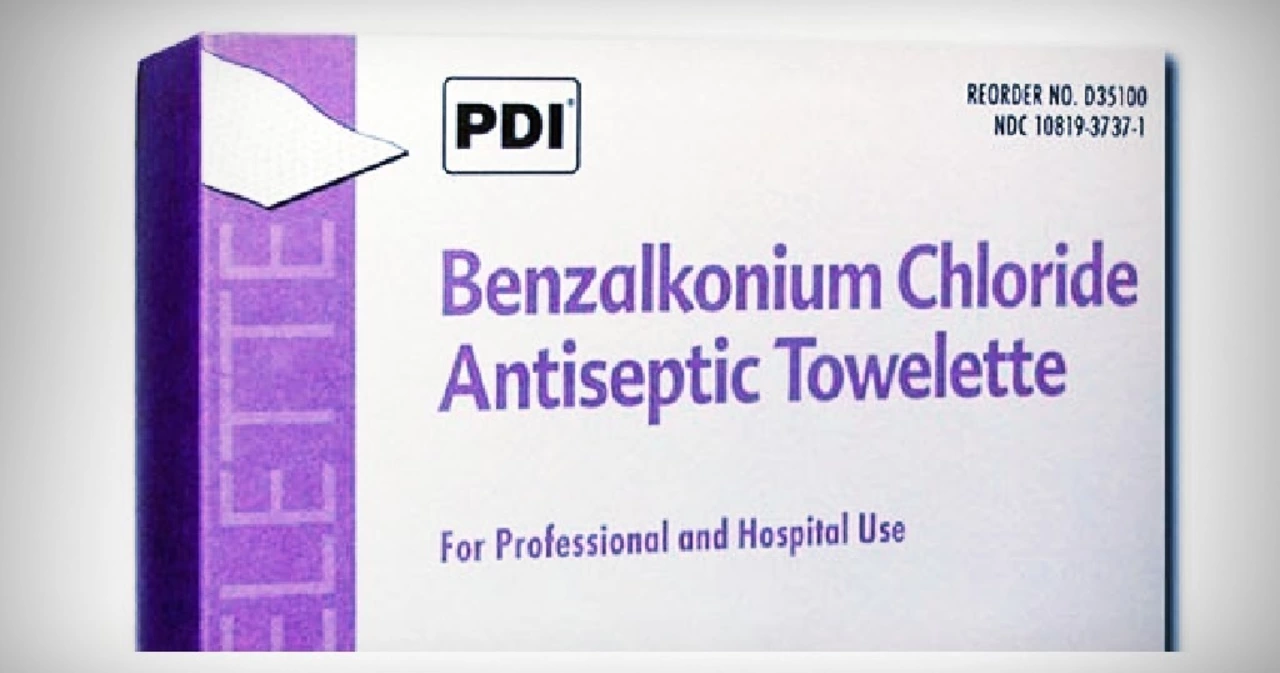How to Use Medications Safely — Real tips you can use today
Want straightforward advice on taking medicines without the guesswork? This tag collects practical, no-nonsense guides about medication use: how to take drugs safely, what to watch for, how to buy them online, and simple fixes for everyday problems. You’ll get clear steps, not vague warnings.
Start with the basics: follow your prescription exactly, keep meds in their original packaging, and set reminders for doses. If a label uses medical shorthand you don’t get—ask. Call your pharmacist or doctor rather than guessing. Small mistakes with timing or dose can change how well a drug works or increase side effects.
Check interactions before adding anything new—this includes OTC supplements and foods. For example, our article on linezolid explains why certain cheeses and fermented foods matter. And if you’re switching from one heart or blood pressure drug to another, read up on alternatives like the Lisinopril piece so you know what to expect and what labs might be needed.
Buying meds online and picking a safe pharmacy
Want to order medicine online? use these quick checks: the site shows a real business address and phone, requires a prescription when appropriate, uses HTTPS, and has clear shipping and refund info. Look for verifiable reviews and avoid sites that sell controlled drugs without prescriptions. Our Omeprazole and eDrugstore guides walk through red flags and safer options for ordering from abroad.
Price matters, but quality matters more. If a deal looks too good, it probably isn’t from a licensed source. When shipping, choose tracked delivery and keep the packing slip. For temperature-sensitive meds, ask the pharmacy how they handle cold chain storage.
Practical tips for everyday situations
Traveling with medications: carry prescriptions, a doctor’s note for injectables, and enough supply plus a few days extra. Keep meds in carry-on luggage and pack a basic kit: pill cutter, spare inhaler (if you use one like Proair/Albuterol), and contact info for your healthcare provider.
Drinking alcohol while on meds? Don’t assume it’s fine. Our spironolactone article gives realistic guidance—hydrate, avoid binge drinking, and watch for dizziness or fainting. With antibiotics like ciprofloxacin, watch for tendon pain and avoid unnecessary heavy exercise while on treatment.
When you need an alternative: whether it’s Valtrex, Symbicort, or Flagyl, switching drugs should be a plan you discuss with a clinician. Alternatives can help with side effects, cost, or convenience, but they often need dose changes or monitoring.
Use this tag to find short, usable guides: dosing tips, interaction checks, buying safely, travel hacks, and comparisons of alternatives. Each article focuses on real steps you can take right now to make medicines safer and more effective in your daily life.
How benzalkonium chloride/zinc oxide is used in eye care products
As a blogger, I recently came across an interesting topic about how benzalkonium chloride and zinc oxide are used in eye care products. These two ingredients are commonly found in over-the-counter eye drops and ointments, mainly due to their antibacterial and astringent properties. Benzalkonium chloride acts as a preservative and disinfectant, while zinc oxide is often used to soothe and protect the eye. These ingredients work together to keep our eyes healthy and clean, while also providing relief from various eye irritations. It's fascinating to learn how everyday products contain such essential components for our eye care.

